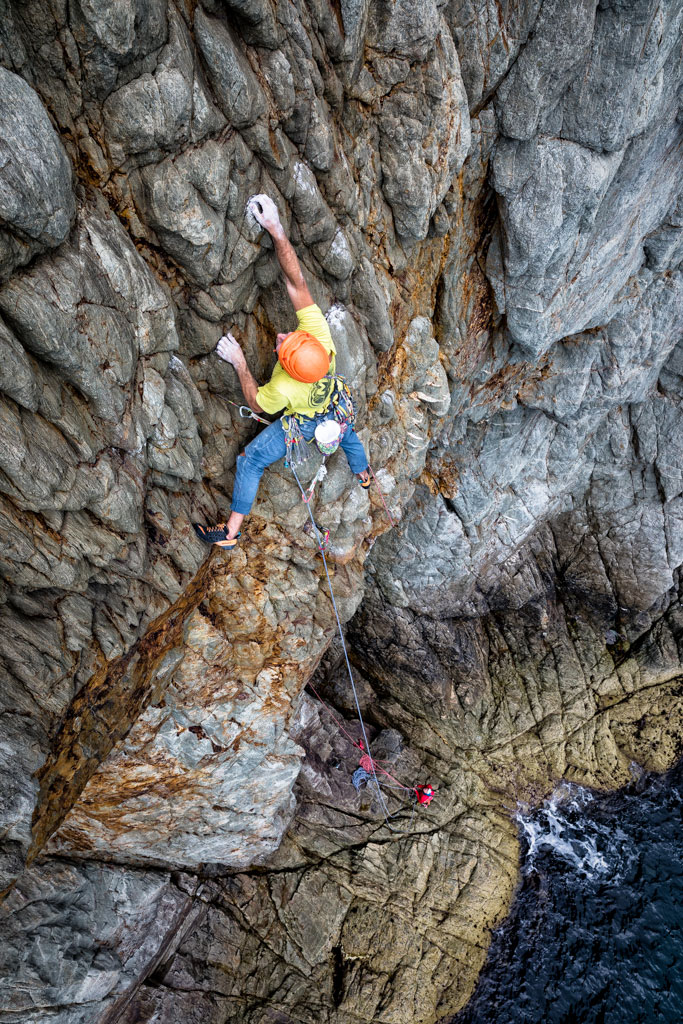Previously a surgeon dealing in fixing damaged and deformed jaws, when he chose to pick up his camera full-time in 2011 Nadir Khan was no stranger to working with faces.
“I worked for the NHS for 18 years, specialising in operating on deformed faces and faces after bad road accidents,” Nadir tells us, from his home in Edinburgh. “It was interesting work, and for a long time I loved it. But a lot of things changed in the hospital over my years there, and I knew it was time to switch things up. I’d found photography in the mid-eighties, after my dad gave me my first Canon – a camera I went on to smash up along with my head after a climbing accident. I would always take photographs as a hobby when I went into the mountains on the weekends to climb with my friends and when my work load dropped to three days a week, that was my cue to use my camera in a more serious way.”
“You want to make the viewer feel a sense of huge relief that they’re not in the climber’s shoes”
“You want to see at least three of the four limbs of the climber,” he says, when we ask what he thinks makes for the perfect climbing image. “You also need to capture a sense of the location, and the seriousness and scale of the situation that they’re in. You want the viewer to feel the image, rather than over-intellectualise about it. And it really needs to punch them in the gut. You want to make the viewer feel a sense of huge relief that they’re not in the climber’s shoes.”
It’s a tick list that you’ll work through in a flash as you flick through Nadir’s catalogue of work. A catalogue that’s seen him commissioned by the adventure industry’s biggest brands, in some of the world’s finest climbing destinations, and that you may have seen splashed across the covers and websites of some of the planet’s most respected media titles. It’s also a catalogue that you’ll get a sense for below, as he takes us through ten of his favourite frames from his career on the wall…
The Near Catastrophe One
James Taylor, Wales, 2017

“This is in North Wales, in a place called Gogarth. It’s on a climb called Main Cliff, an area that’s a pretty complex area to photograph – you don’t get many good shots of it because it’s very difficult to work in and to access. And it’s really intimidating. To be honest, everything about it is a nightmare. And it’s where I nearly met my death. When you’re photographing a climber, you’re going to be climbing yourself. Or you’re going to be abseiling, which I feel gives me a little more mobility.
“It really hammered home how vulnerable you can be while climbing. It definitely gave me a fresh respect for rock”
“However, when you’re using jumars – ascending tools that let you go up and down your rope – it tends to bounce your line around. Although I had loads of protectors on my rope, at one point, unbeknown to me, a section had cut about halfway through against some razor-sharp quartz, as I was jumaring up this face. Luckily my assistant spotted it and lowered a spare line down, but it really hammered home how vulnerable you can be while climbing. It definitely gave me a fresh respect for rock.”









